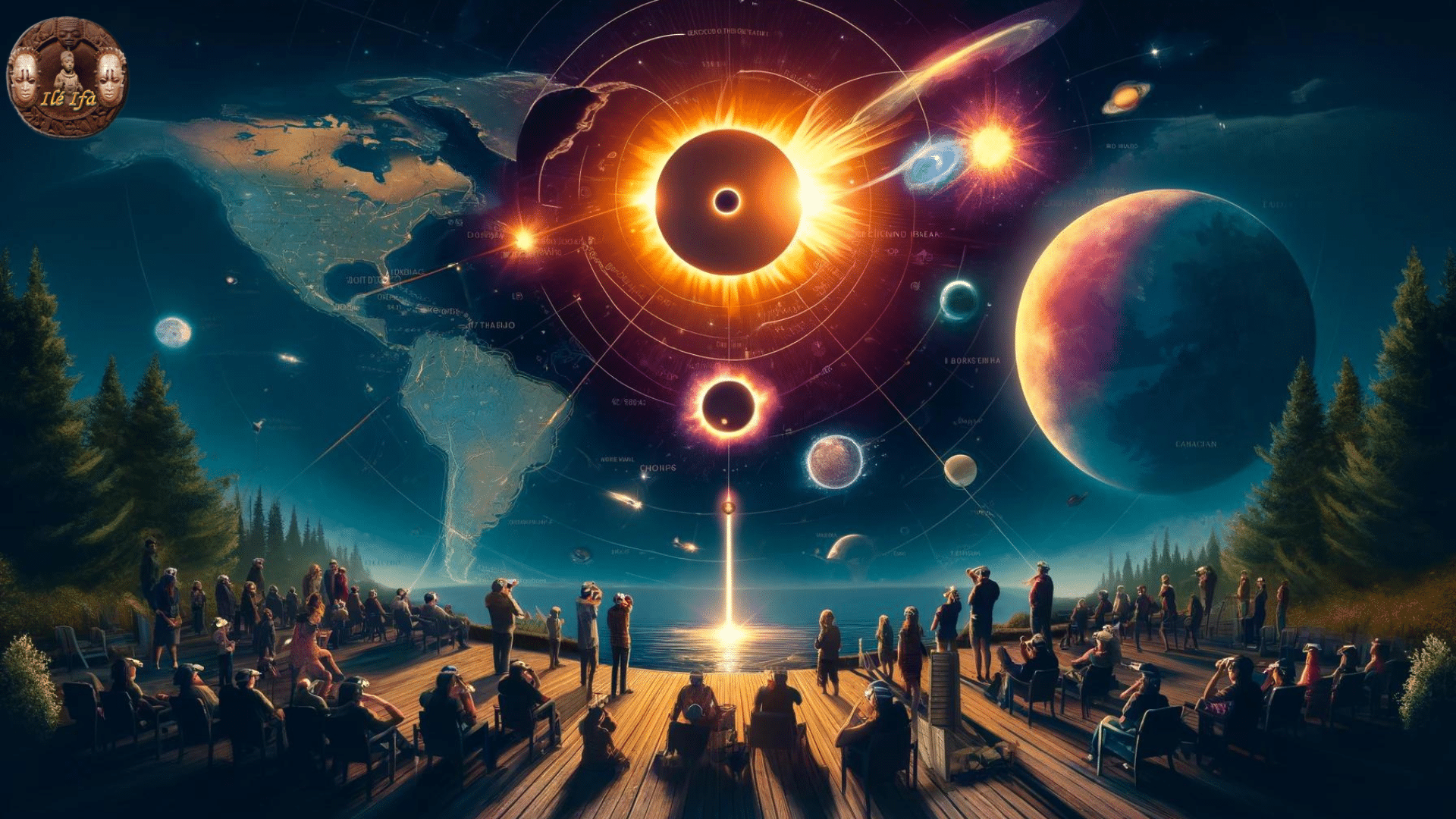This week’s solar eclipse, happening on April 8, 2024, is drawing attention not only for its sheer astronomical beauty but also for the unique conditions and opportunities it presents. It’s not just another eclipse; it’s an event packed with peculiarities and wonders, making it a significant moment for both casual observers and the scientific community.
Firstly, this total solar eclipse is notable for its duration and the level of darkness it will bring. The moon will be particularly close to Earth, making it appear larger in the sky and thus casting a darker shadow.
Observers in the path of totality can expect an especially dark eclipse lasting nearly 4 and a half minutes, almost two minutes longer than the one in 2017.
This longer duration is significant because it offers a better opportunity for both viewing and scientific study, especially given the sun’s position near its solar maximum, the peak of its 11-year activity cycle.
The Impact of this Solar Eclipse
The increased solar activity is expected to enhance the sun’s corona, potentially allowing for the observation of bright streamers of plasma and the increased likelihood of witnessing a coronal mass ejection — a massive burst of solar material that, if conditions align, could be observed in conjunction with space-based instruments for a more comprehensive study of these powerful solar phenomena (Science News).
The path of totality for this eclipse, stretching from Texas through Maine, passes over or near many populous areas, significantly increasing accessibility for millions of people.
This broad path offers an unparalleled opportunity for a large segment of the North American population to experience the totality without the need for extensive travel.
The route’s accessibility is further enhanced by its potential for clear weather, although as with any eclipse, local conditions will vary, and flexibility may be key to getting the best view (Science News) (Yahoo).
Adding to the spectacle, there’s a chance to spot a comet alongside four planets during the total phase of the eclipse if conditions permit.

This rare alignment, featuring Jupiter and Venus prominently with Saturn and Mars also visible, adds an extra layer of excitement for those fortunate enough to view the eclipse under clear skies.
The comet in question, 12P/Pons-Brooks, is making its regular swing past Earth, and while it might still be faint, its proximity to Jupiter during the eclipse offers a unique celestial tableau for observers (Yahoo).
Eclipse enthusiasts and first-timers alike are encouraged to plan their viewing carefully, considering both location and weather, and to prepare for traffic and potential crowds, especially in areas predicted to have the clearest skies.
While the total eclipse offers an awe-inspiring experience, partial views will also be available across the continent, ensuring that nearly everyone in North America can partake in this cosmic event in some way (Astronomy Magazine).
This eclipse stands out not only for the celestial drama it will unfold but also for the scientific and educational opportunities it presents.
Whether you’re a seasoned eclipse chaser, a curious observer, or a scientist aiming to gather valuable data, the April 8 solar eclipse is an event filled with potential for discovery, wonder, and communal experience.


